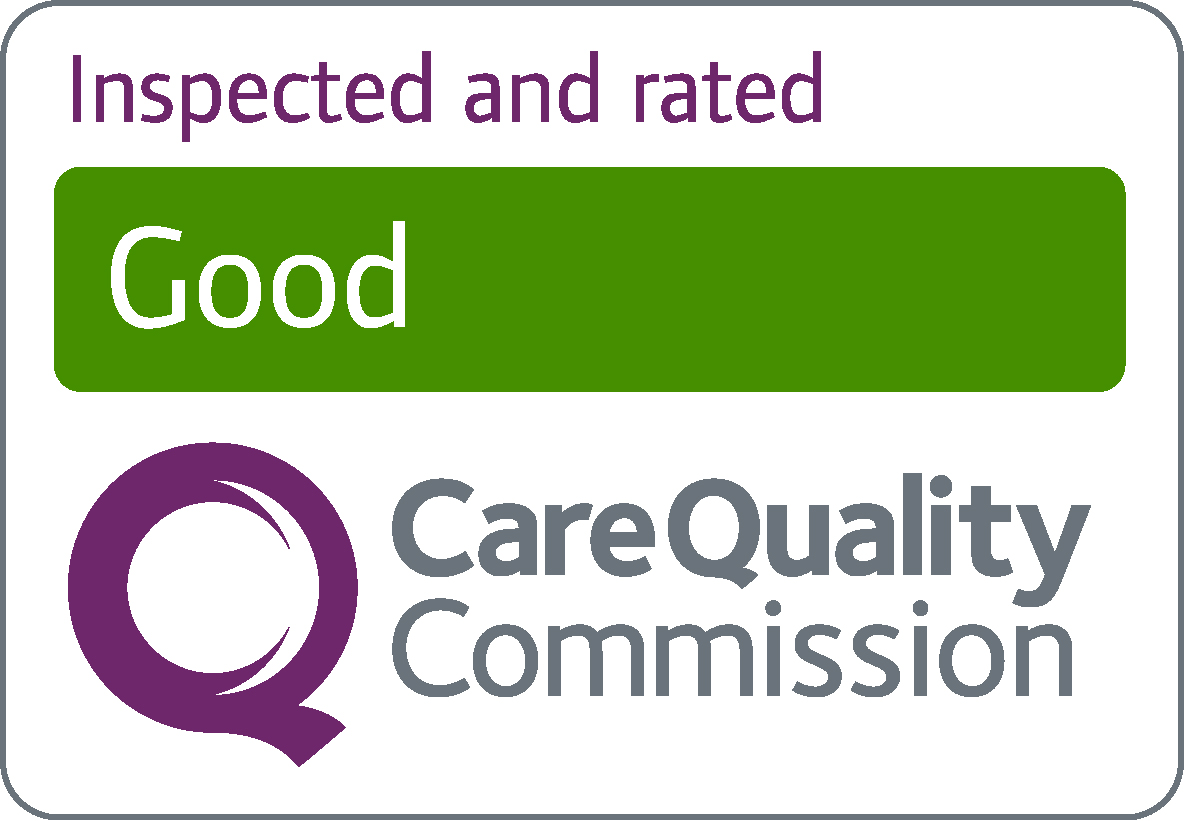Psychedelics And Breathwork: Exploring Disruptive Tools In Addiction Recovery

on 18 Nov 2021
At Delamere, our approach to addiction treatment and wellness is a holistic one. We look at a whole person model through our Stop.Start.Grow programme, taking into account physical and emotional wellbeing. Our aim is to bring about personal transformations that extend far beyond addiction recovery. In order to achieve this we pride ourselves in delivering cutting edge recovery programmes that embrace the most successful therapeutic and somatic practices from neurobiology, psychotherapy, and psychology. Above and beyond traditional talk therapy, we offer more innovative treatments like equine assisted psychotherapy, yoga, breathwork and art therapy. With a gym on site and a focus on nutrition and wellness in its broadest sense, Delamere is far from a traditional treatment center.
We like to keep a keen eye on the latest disruptive, cutting-edge research, alongside effective, outcome-oriented tools that treat, and help you grow beyond addiction.
With that in mind, we explore here the resurgence of interest in both psychedelic, and breathwork therapy as disruptive tools in aiding addiction recovery.

Altered States Of Consciousness
Both psychedelic and breathwork therapy work to shift your state of consciousness, from one of normal “waking” reality – that is our every-day experience of the world, to one where our mind is more malleable and open, or what psychonauts would refer to as reaching a state of “ego dissolution” – where our distinct sense of individual self or “I” is dissolved and we feel connected, and integrated with the rest of the world.
Of course we experience altered states of consciousness when we dream, when we do physical exercise, when we meditate etc. but to a much lesser degree than through a focused psychedelic or breathwork journey. The difference being the altered state of consciousness through psychedelics is very specific to the compound ingested (an LSD trip is very different to a psilocybin one); whilst with breathwork it is the breath itself that alters the carbon dioxide/oxygen ratio within the brain enhancing the natural DMT that is released from the pineal gland – which then initiates a psychedelic-like experience.
The bottom line here is that both therapies work on altering the user’s state of consciousness to make the mind more malleable, and open to exploration. Another way to look at this is our brain is usually hardwired into habitual programs and conditioning, and by altering the state of consciousness the neural patterning becomes more lucid. From here, the mind can be reorganized to think more creatively, or to problem solve differently, to untangle complex emotions, and perceive situations differently.
The Psychedelic Renaissance
Psychedelics are certainly having a moment.
Once the reserve of the “alternative” scene – the new age movement, the hippies, tech entrepreneurs, Silicon Valley, and biohackers, now the tide seems to be changing, and everyone from CEOs wanting to up-level their performance, to celebrities upgrading their “human potential” to every-day people just wanting answers to mental health issues, psychedelics have certainly come a long way from the discrediting they experienced during the 60s prohibition movement.
After decades of criminalization, the FDA has now designated psychedelics with “breakthrough therapy” status. Research and clinical trials have picked up pace in recent years too, including pioneering research from world class Institutes such as John Hopkins’ flagship studies on psilocybin for treatment-resistant depression; Imperial College (through the Multidisciplinary Association for Psychedelic Studies MAPS) have undertaken extensive research on LSD, MDMA, psilocybin, and DMT, with ongoing clinical trials through the Synthesis Retreat Centre in Amsterdam, and more recently, the newly formed global psychedelic network, the Psychae Institute in Melbourne are studying Ayahuasca’s impact on mental wellbeing. With such promising research findings, comes further funding, and investment. Including the first psychedelic stock exchange opened in January 2021.
The burgeoning psychedelics industry has long supported by award winning journalist, Michael Pollan who wrote landmark publications, “Food of Gods” and “How to Change Your Mind”, as well as leading biohacker/VC investor Tim Ferris who regularly writes and talks about his personal journey with psychedelics, and who is also a MAPS Investor.
What Are Psychedelics, And How Do They Work?
Psychedelics encompass a wide range of hallucinogenic drugs that can be broken down into classic hallucinogens (such as psilocybin) or dissociative drugs (such as ketamine).
Hallucinogens can be extracted from a plant or made synthetically, either way they alter brain activity, impacting the user’s experience of themselves, and their surroundings. They are said to work with modulating the default mode network directly.
Or as Dr Evan Wood, professor of medicine at UBC describes “There is a part of our brain called the default mode network that essentially enables us to function in our environment by decluttering the stimuli around us and quieting all the information coming into our senses. In depressed patients, and those with PTSD or substance abuse disorders, the default mode network is more active ”.
A classic hallucinogenic works on the serotonin receptors in the brain, whilst a dissociative drug works on the glutamate receptors of the brain, impacting mood, perception and cognition.
Psychedelics are said to allow for ego dissolution, to open up the mind, and to interrupt the user’s current neural programming and conditioning. They do this through directly impacting the brain’s neurotransmitters – disrupting habitual neural patterns, ways of thinking, and ways of behaving.
Psychedelics For Addiction Recovery
In the context of addiction then, a psychedelic experience allows your brain to explore different ways of coping and dealing with the underlying conditions driving addiction. Subject to the substance ingested, and the environment setting, psychedelics increase suggestibility meaning the individual is more open to ideas discussed in psychedelic- assisted psychotherapy. And it cannot be understated how important the role of the guide/psychotherapist is, for fully prepping, facilitating and integrating the psychedelic experience for the individual.
It is this latter point on integration that is often left out of discussion around psychedelics. And is particularly relevant in the context of addiction recovery. Given the mind is highly vulnerable and exposed during a psychedelic journey, shifts in perception, cognition or mood around thoughts and behavior that drive addiction need to be properly integrated post trip. New ways of coping with old triggers may have surfaced, breakthroughs in understanding the underlying cravings and relapse cycles may have been discovered. Every journey is different, and is sacred in that respect, and the best way to integrate a psychedelic experience is through integration therapy.
What Is Breathwork And How Does It Work?
Like psychedelics, breathwork seems to have come out of the shadows, and is gaining momentum in the mainstream.
More recently breathwork has been popularized by influencers such as Wim Hoff, who embraces cold therapy and breathwork to switch on our bodies innate ability to heal itself, and Patrick McKeown, who discusses the Buteyko Breathing method for neurological issues, and particularly for sleep.
But it is holotropic breathwork® that we are specifically interested in here, given it was created to mimic psychedelics.
The brainchild of Stanislov and Christina Grof, holotropic breathwork® was a successor tool to their LSD led psychedelic assisted therapy. The Grofs were transpersonal psychologists, and keen proponents of Freudian psychoanalytic therapy. When LSD came under scrutiny during the 60s, after it was claimed to cause mental impairment and birth defects, legislation was put into place to ban psychedelics, which prohibited further research and funding at the time.
The Grofs keen to continue their work in self exploration and spiritual development, without the aid of psychedelics, discovered that fast-paced breathing through a conscious connected breath limits the oxygen supply to the brain, and has a similar hallucinogenic effect to that of LSD, and so holotropic breathwork® was born.
Just as LSD is said to help the user access non-ordinary states of consciousness, so too does breathwork.
Holotropic breathwork® involves deep breathing in through the nose, and out through the mouth at an accelerated pace, and over a 2-3 hour duration, accompanied by evocative music. During the breathwork journey, the individual goes on a trip much in the same way an LSD journeyer would take, but with the tool being the breath versus the substance. The accelerated breathing reduces oxygen to the brain, which clinical psychiatrist Rick Straussman claims causes the pineal gland to release DMT, which then induces a hallucinogenic state, altering the state of consciousness, opening the mind, and like LSD, allowing for potential deep healing to occur.
Breathwork For Addiction Recovery
As a disruptive tool for addiction recovery, breathwork like psychedelics has the ability to pattern interrupt the underlying drivers of addiction. To creatively explore new ways of addressing physical and psychological triggers, to understand the roots of addiction by retrieving access to previously unavailable memories, to problem solve and find novel solutions to cravings, binge cycles, and even plan strategies to safeguard against relapse. Additionally breathwork therapy helps the body release the somatic memory of trauma, and given so many addictions owe their origin to trauma, this area proves ripe for further research and investigation.
In summary, both breathwork and psychedelic therapy show great potential as innovative tools in the treatment for addiction. Clearly more research and clinical trials need to be undertaken to ensure their safety and efficacy, and in particular understand how by altering states of consciousness, these tools work with the brain’s chemical messenger system to explore, understand and essentially reimagine addiction with new eyes.
This is uncharted territory in addiction recovery, and we look forward to learning more.
References
Rick Strassman, Clinical psychiatrist , Author of DMT: The Spirit Molecule

About the author: Martin Preston
Martin created Delamere in order to provide exemplary care in first class facilities. Find out more about Martin on our team page.
RECENT POSTS
The Power of Reaching out a HandFrom sobriety to quality of life: Revisiting recovery outcome measures
The role of alcohol in UK culture, and how to break free
Holistic diet tips to balance energy and mood
CATEGORIES
-
Addiction Recovery
Addiction Reports
Alcohol Addiction
Burnout
Delamere
Digital Addiction
Drug Addiction
Holistic Programmes
Other Behaviours
Prescription Drug Addiction
Rehab
ARCHIVES
- December 2025
- November 2025
- October 2025
- September 2025
- August 2025
- July 2025
- June 2025
- May 2025
- April 2025
- March 2025
- February 2025
- January 2025






